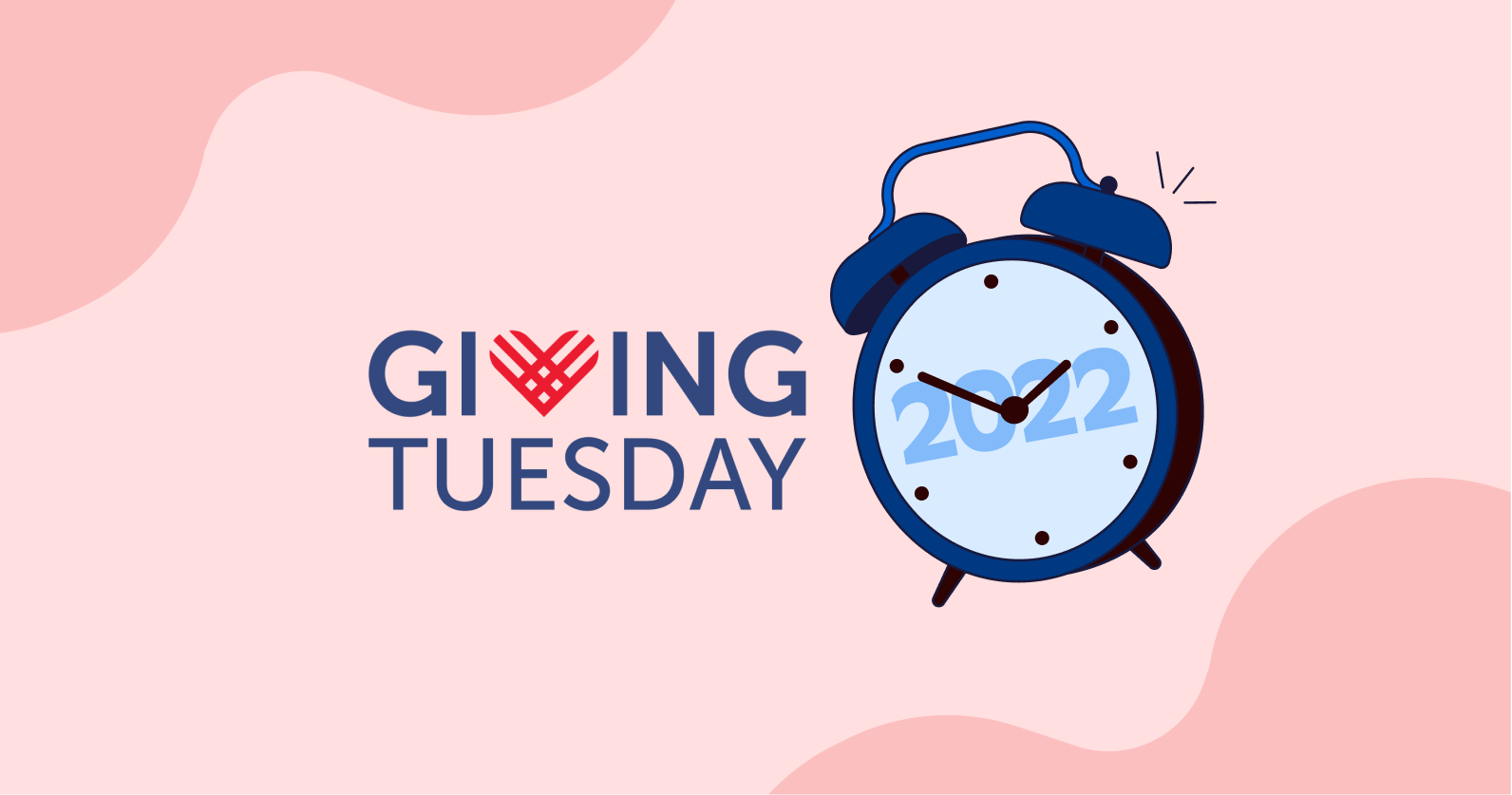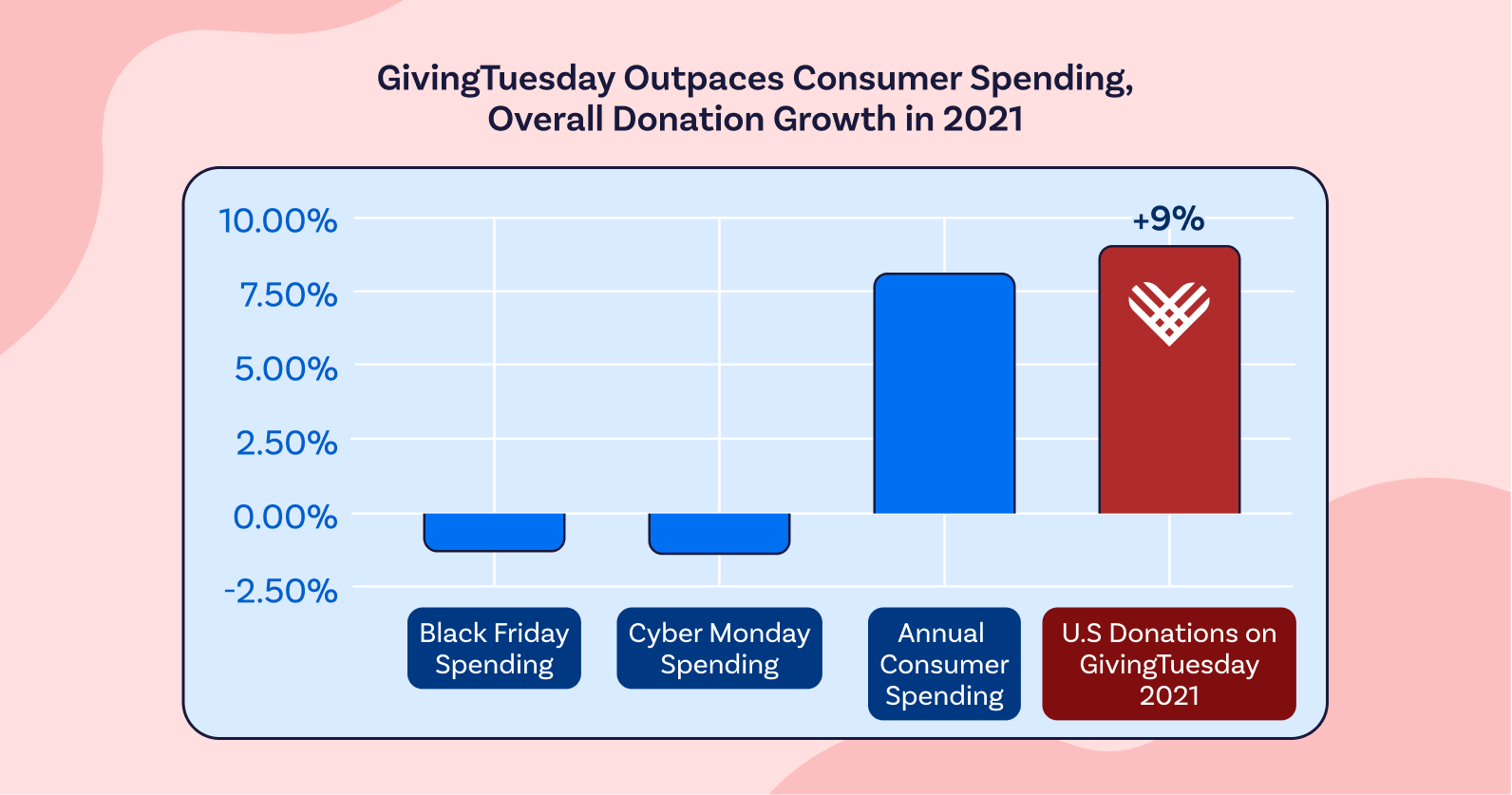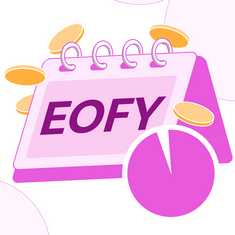
It’s never too early to start planning fundraisers. Find out when GivingTuesday is in 2024 and how to prepare for your campaign.
Giving to charity has been an important end-of-the-year tradition for a long time. Think back: You’ve probably seen Salvation Army volunteers ringing bells outside of stores since you were a kid.
But compared to other activities during the holiday season — from buying gifts and hosting parties to reflecting on the last year and setting New Year’s resolutions — donating money has always been more of a private ritual. It wasn’t something people celebrated or talked about much — until GivingTuesday was founded.
Since then, more and more people have been sharing their favourite organisations on social media, challenging their friends and family to give, and even volunteering as fundraisers on this special day.
For nonprofit organisations, GivingTuesday signals that we’re entering the last stretch of fundraising time before a new calendar year begins. It’s the biggest fundraising day of the year, but to make the most of it, you’ll need to start planning now.
GivingTuesday is the Tuesday after the Thanksgiving holiday in the U.S. Keep reading for details about this year’s observance and how to get your organisation involved.
When Is GivingTuesday 2024?
GivingTuesday is on Tuesday, December 3, 2024. (Go ahead and mark your calendar now! We’ll wait.) Use this international day of giving to create a sense of urgency for your organisation’s end-of-year giving season appeals and campaigns.
Don’t forget, this global day of giving comes after the other Thanksgiving week celebrations: Black Friday, Small Business Saturday and Cyber Monday. It’s important to plan ahead and get the word out before your donor community heads out to do their holiday shopping.
Why GivingTuesday?
GivingTuesday was founded in the United States after Black Friday gave rise to Cyber Monday and Small Business Saturday. It was easy to see that Americans were eager to make the most of their holiday budget while giving generously to others.
But while retail giants continued to break sales records every year, needs for things like healthcare, food, clothing, and shelter persisted. Just like in so many Christmas movies, consumerism was threatening to win out over kindness and goodwill. (Bah humbug to that!)
We needed a day of giving to direct attention to local nonprofits and charity organisations, both in the United States and around the world.
The biggest week of the year for spending money and planning holiday gifts created an ideal opportunity. GivingTuesday has seen incredible success because it isn’t limited to one cause, but promotes “radical generosity.” Their website defines this as “the concept that the suffering of others should be as intolerable to us as our own suffering.” Sounds like a good way of looking at things to us!
Instead of thriving on competition, GivingTuesday has been so successful because it opened up a global network of partnerships and cause coalitions.
It’s even changing the way we analyse and study fundraising methods. The GivingTuesday Data Commons is a growing project created in the same spirit of generosity and collaboration. Data scientists are studying patterns in the unprecedented giving that takes place every year to share insights with fundraisers at local nonprofits everywhere. When one nonprofit succeeds, we all succeed!
A Brief History of GivingTuesday
GivingTuesday began in 2012 at the 92nd Street Y's Belfer Center for Innovation & Social Impact in New York City, in partnership with the United Nations Foundation. It became its own organisation in 2019 with Asha Curran as CEO and co-founder, and it hasn’t stopped growing!
GivingTuesday has become a global generosity movement that goes beyond the holiday season to celebrate the giving spirit year-round. In fact, any Tuesday can be GivingTuesday!

Over 100 countries participate in GivingTuesday every year. In 2022:
- 20 million people donated
- 11 million gave goods
- 10 million volunteered
- 15 million gave voice
We’re optimistic that people everywhere will give more often throughout the year and keep celebrating GivingTuesday as a holiday tradition.
Plan Your 2024 GivingTuesday Strategy
The first thing to consider as you start planning is who your donors are and why they want to give at this special time of year.
What are their other priorities, and where does generosity fit in? How are they most likely to give, and how are they most likely to share the experience with family and friends? Connecting with your community’s reasons for giving and making it easy for them to donate are critical building blocks for a strong fundraising strategy.
Keep your community and your mission in mind as you connect to the larger GivingTuesday movement. You might consider joining the #GivingBlackTuesday, #MuslimsGive, #GivingTuesdayLGBTQ, or #NewsForGood cause coalitions in addition to using the main hashtag #GivingTuesday.
Spend some time exploring their website full of insights and best practices. Finally, get familiar with the five fundraising tools you need this GivingTuesday.
Tips for a Successful GivingTuesday Campaign in 2024
Because GivingTuesday campaigns have been so successful on social media, it’s wise to put digital platforms at the centre of your strategy. We’ve got a few more tips on how to make the most of this big day:
- Timing is everything when it comes to giving day campaigns. Start planning early and automate as much of your communication as possible so you’re free to stay in touch with donors on the day of. You’ll also want to personalise communications for each segment of your audience to increase engagement.
- If you’re using new software to automate your communications for the first time, start exploring and find out what’s possible now. Double-check that it has all the functions and integrations you need.
- Make sure you’re leveraging social media with the hashtag #GivingTuesday and consider running a peer-to-peer campaign to grow your donor base through social networks. Take a look at Raisely’s customisable templates for peer-to-peer campaigns to see what you can do.
- While annual GivingTuesday celebrations are most visible on social media, don’t ignore other channels like email and live fundraising events. Use these GivingTuesday email examples to get started and check out our dos and don'ts for a great GivingTuesday email campaign.
Start Building Your GivingTuesday Campaign Today
The time to start planning is now. Sign up for your free Raisely account build your GivingTuesday campaign today. A quick, high-converting template designed for GivingTuesday campaigns, with optional peer-to-peer functionality to boost your reach.
Best of luck!
Ready to create your
next campaign?

Kelsey Hoff is a content marketing specialist, freelance writer, blogger, and poet. She creates emotionally intelligent content that “listens first” for effective, ethical thought leadership.




